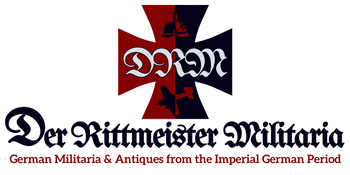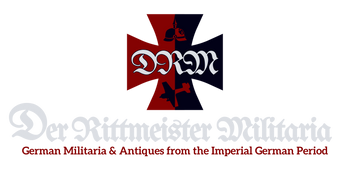Alsace-Lorraine (Reichsland Elsaß-Lothringen)
CLICK HERE FOR ALL ITEMS RELATED TO ALSACE-LORRAINE
Basic Information
- Official Name: Imperial Territory of Alsace-Lorraine (Reichsland Elsaß-Lothringen)
- Capital: Straßburg (Strasbourg)
- Motto: No official motto under German rule; Alsace-Lorraine retained its own cultural identity despite integration.
- Established: 1871, following annexation by Germany after the Franco-Prussian War.
- Dissolution: Returned to France in 1918 under the Treaty of Versailles.
-
Key Symbols:
- Coat of Arms: A combination of Alsace and Lorraine heraldic symbols.
- Flag: Used a German imperial flag during annexation, though Alsatian and Lorrainian cultural symbols persisted unofficially.
Geographical Overview
-
Location:
Located on the western frontier of Germany, bordered by France to the west and Switzerland to the south. Key cities included Straßburg (Strasbourg), Mülhausen (Mulhouse), and Metz. -
Size:
A medium-sized territory, rich in natural resources and cultural heritage. -
Land Features:
- Vosges Mountains: Defined the western border, with picturesque villages and dense forests.
- Rhine River: Marked the eastern boundary, providing a vital trade route.
- Fertile plains and vineyards, particularly in Alsace.
Historical Timeline
-
Early History:
- 17th Century: Annexed by France during the reign of Louis XIV, incorporating Alsace-Lorraine into the French kingdom.
- 1871: Ceded to Germany after the Franco-Prussian War under the Treaty of Frankfurt.
-
Imperial Germany (1871–1918):
- Established as a Reichsland (imperial territory) rather than a state, governed directly by the German Empire.
- Significant Germanization policies were implemented, including language requirements and administrative reforms.
- Economic growth occurred due to mining, agriculture, and industry, but cultural tensions remained high.
-
Decline and Transition (1918):
- Returned to France under the Treaty of Versailles after Germany’s defeat in World War I.
Notable Rulers and Administrators
- Chancellors of the Reich oversaw Alsace-Lorraine’s administration, as it did not have its own monarchy or local ruler.
-
Notable Figures:
- Eduard von Moeller: First Statthalter (Imperial Governor) from 1879–1885.
- Johann von Dallwitz: Oversaw reforms to improve local representation within the German Empire.
Military and Political Strength
-
Military Contributions:
- Alsace-Lorraine’s population was conscripted into the Imperial German Army. Many locals served reluctantly, maintaining cultural ties to France.
- The region’s strategic location made it a critical military zone, fortified with strongholds like Metz and Strasbourg.
-
Political Role:
- Alsace-Lorraine lacked the autonomy of German states and was governed directly by the emperor.
- Tensions persisted between German officials and local French-speaking populations, leading to limited political integration.
Cultural Contributions
-
Architecture:
- Strasbourg Cathedral: A Gothic masterpiece and one of the tallest buildings in Europe during its time.
- Imperial Quarter (Neustadt): Built during German rule, blending German and French architectural styles.
-
Arts and Literature:
- Alsace-Lorraine fostered a unique blend of German and French traditions, evident in local folklore and storytelling.
- Artists and writers like Jean-Jacques Waltz (Hansi) used their works to celebrate Alsatian culture and resist Germanization.
-
Education and Science:
- University of Strasbourg: Expanded under German administration, becoming a leading institution for science and humanities.
-
Cuisine and Wine:
- Known for its Riesling wines and hearty dishes like Choucroute (sauerkraut) and Tarte Flambée (flammkuchen).
- Blended French and German culinary traditions, creating a unique regional identity.
Fall of Alsace-Lorraine
-
World War I (1914–1918):
- The region became a battleground due to its strategic importance.
- Many locals were alienated by German rule, contributing to unrest.
-
Post-War Transition (1918):
- Alsace-Lorraine was returned to France, though tensions over cultural identity persisted.
Connections to Products
-
Military Memorabilia:
- Medals and insignia awarded to Alsace-Lorraine conscripts in the Imperial German Army.
- Maps and documents showcasing the heavily fortified zones in Metz and Strasbourg.
-
Cultural Artifacts:
- Handcrafted goods like Alsatian pottery, textiles, and woodwork.
- Items depicting Strasbourg Cathedral or regional folk art.
-
Wine and Culinary Items:
- Vintage wine labels from Alsace, showcasing the region’s renowned Rieslings.
- Memorabilia related to Alsatian cuisine, including recipe books and traditional utensils.
-
Historical Documents:
- Treaties and maps from the Franco-Prussian War and World War I, highlighting Alsace-Lorraine’s geopolitical significance.







